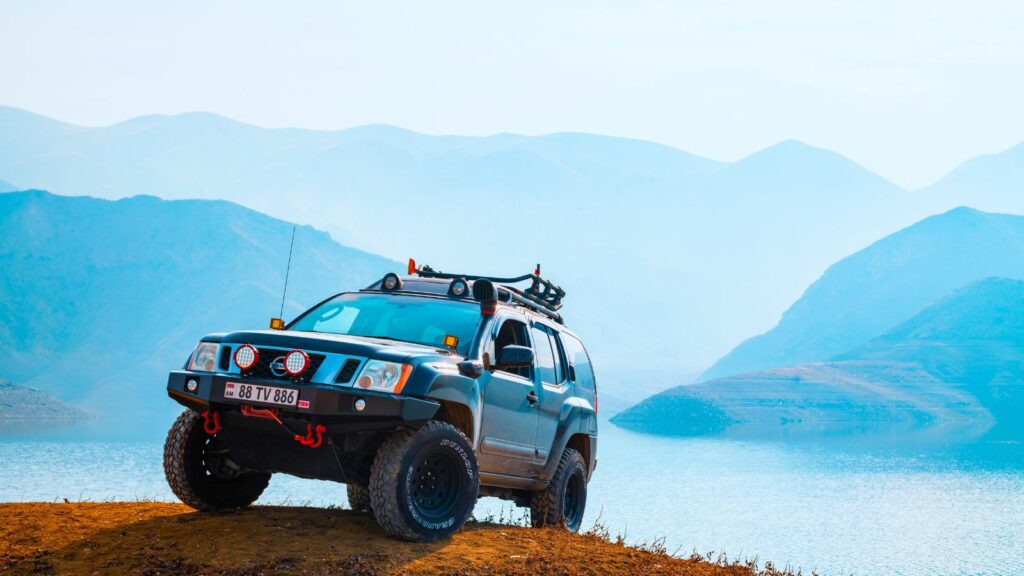As global supply chains continue their unpredictable dance, interest rates flirt with the sky, and tariffs reshuffle what’s affordable and what’s a fantasy, the second-hand vehicle market is morphing rapidly. Here are 21 vehicles most likely to see a surge in second-hand value.
Toyota Land Cruiser (Pre-2021 Models)
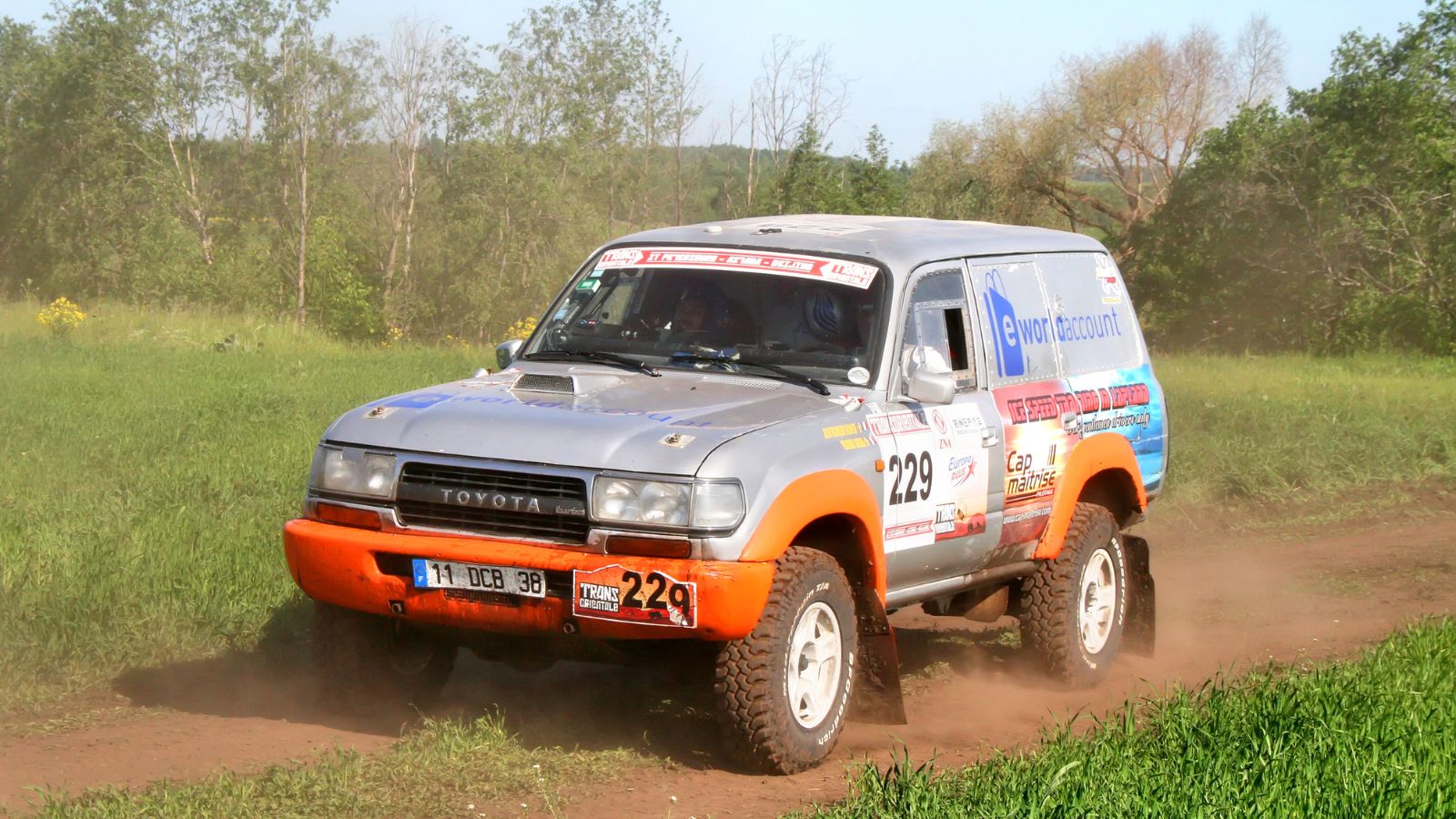
The Toyota Land Cruiser, particularly pre-2021 200-series models, has experienced significant surges in second-hand prices in recent years. Its legendary build quality, proven durability, and renowned off-road capability foster a strong loyalty loop, often referred to by enthusiasts as its “legend”. Also, global shortages of new vehicles have driven many buyers to the used market, boosting demand and pushing values dramatically upward. And, as Toyota shifts toward the new 300-series globally (and the Lexus LX in North America), used 2020 and earlier models are quickly becoming collector items.
Honda Civic Type R (2017–2021)
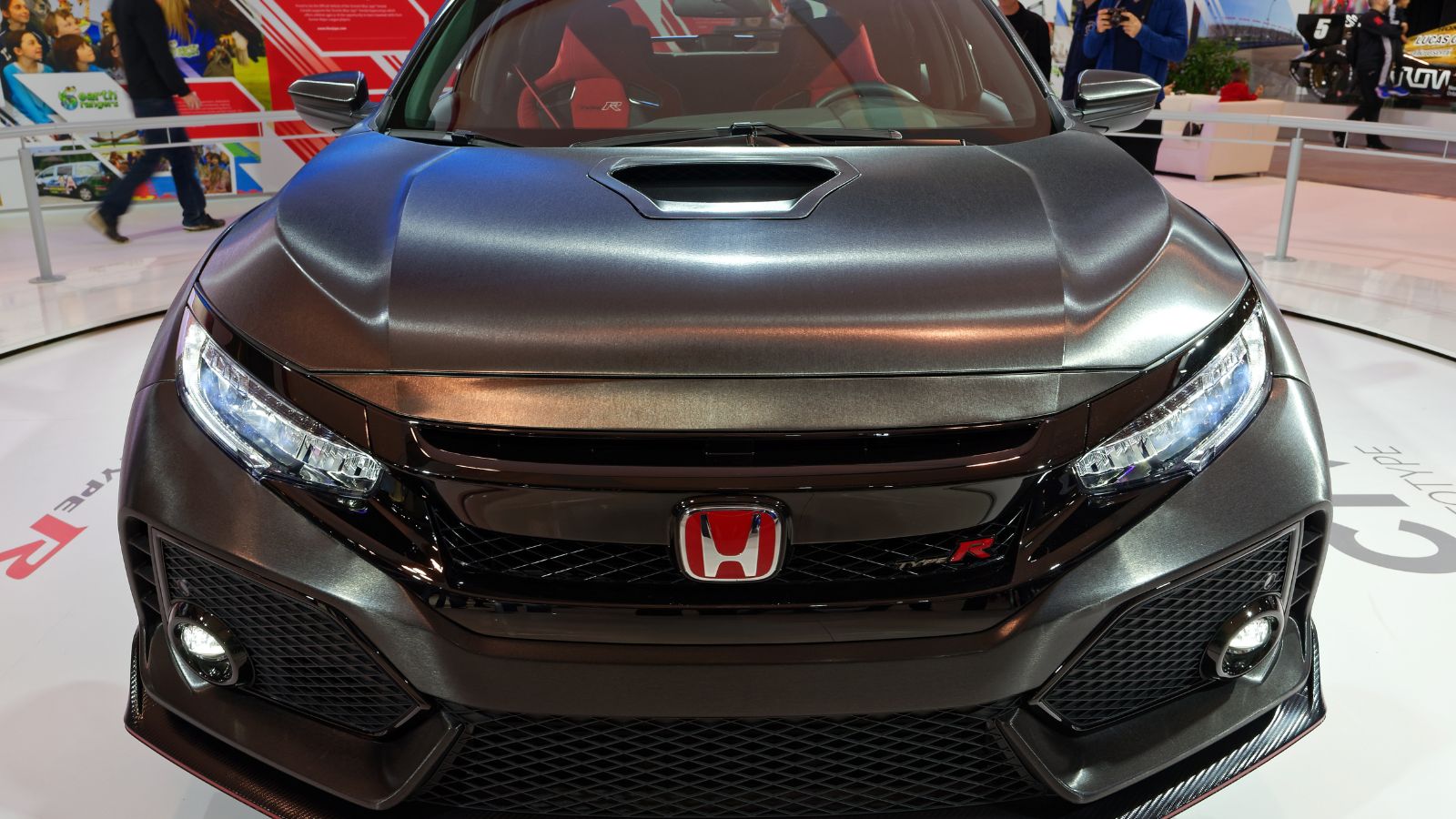
The FK8 generation of the Civic Type R is widely regarded as one of the best hot hatches ever produced. Its outrageous styling wasn’t for everyone, but performance, reliability, and limited production numbers have driven used prices above MSRP. Enthusiasts prize its raw handling and track-readiness. And, despite the Kelley Blue Book showing a 28% drop from MSRP over three years to approximately $ 21,000, the current trend sharply contradicts that, signaling strong long-term demand. It’s a rare case where performance, limited supply, and aftermarket credibility drive second-hand premiums.
Lexus GX460 (2014–2022)
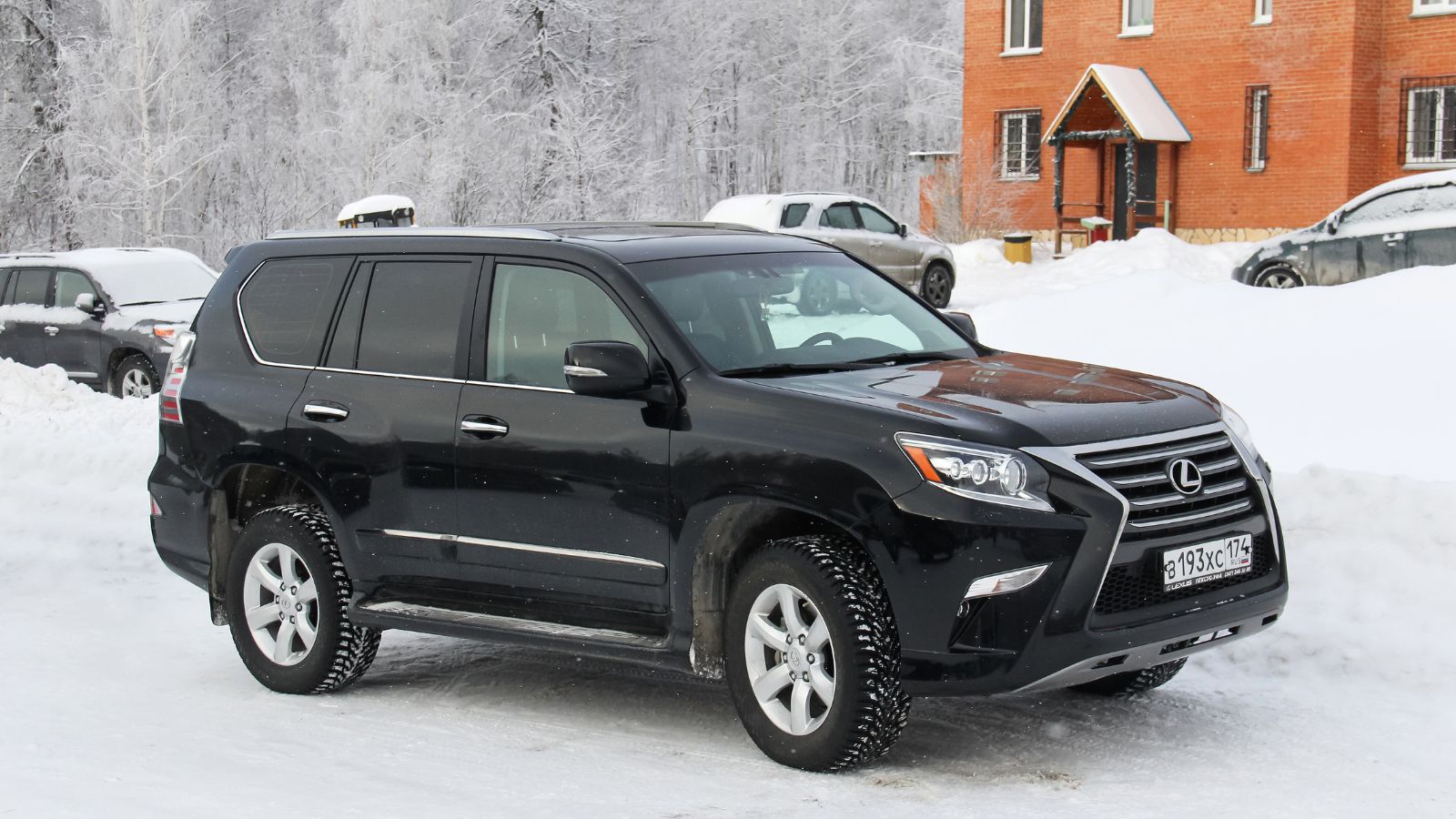
The Lexus GX is a sleeper SUV with global roots (based on the Toyota Land Cruiser Prado). Data from CarGurus shows that average resale values have climbed from ~$ 30,000 for 2019 models to over $ 51,000 for 2022 models, representing a year-over-year increase of ~21%, which is well above typical depreciation trends. iSeeCars also reports a 1.5% year-over-year rise in GX 460 used prices, averaging around $48 400—proof that buyers still prize the natural V8 over newer turbocharged models. Additionally, as new GX models move upscale and become more technologically advanced, used buyers are eyeing older GXs for adventure builds.
Subaru WRX STI (2015–2021)

When Subaru pulled the plug on the STI after 2021, the fanbase went into mourning—and then went shopping. Manual transmissions, rally-inspired AWD, and turbocharged thrills have created a perfect storm of second-hand demand. Early 2015 STIs, initially available for roughly $16,800–$22,000, now trade for $20,000–$28,000, depending on mileage and condition. The reasons? Enthusiast demand, dwindling inventory, and the STI’s discontinued EJ‑engine lineage (finalized in 2021) have collectively driven value. Limited editions, such as the EJ25 Final Edition (produced in only 75 units), are particularly sought after.
Ford Mustang Shelby GT350 (2015–2020)
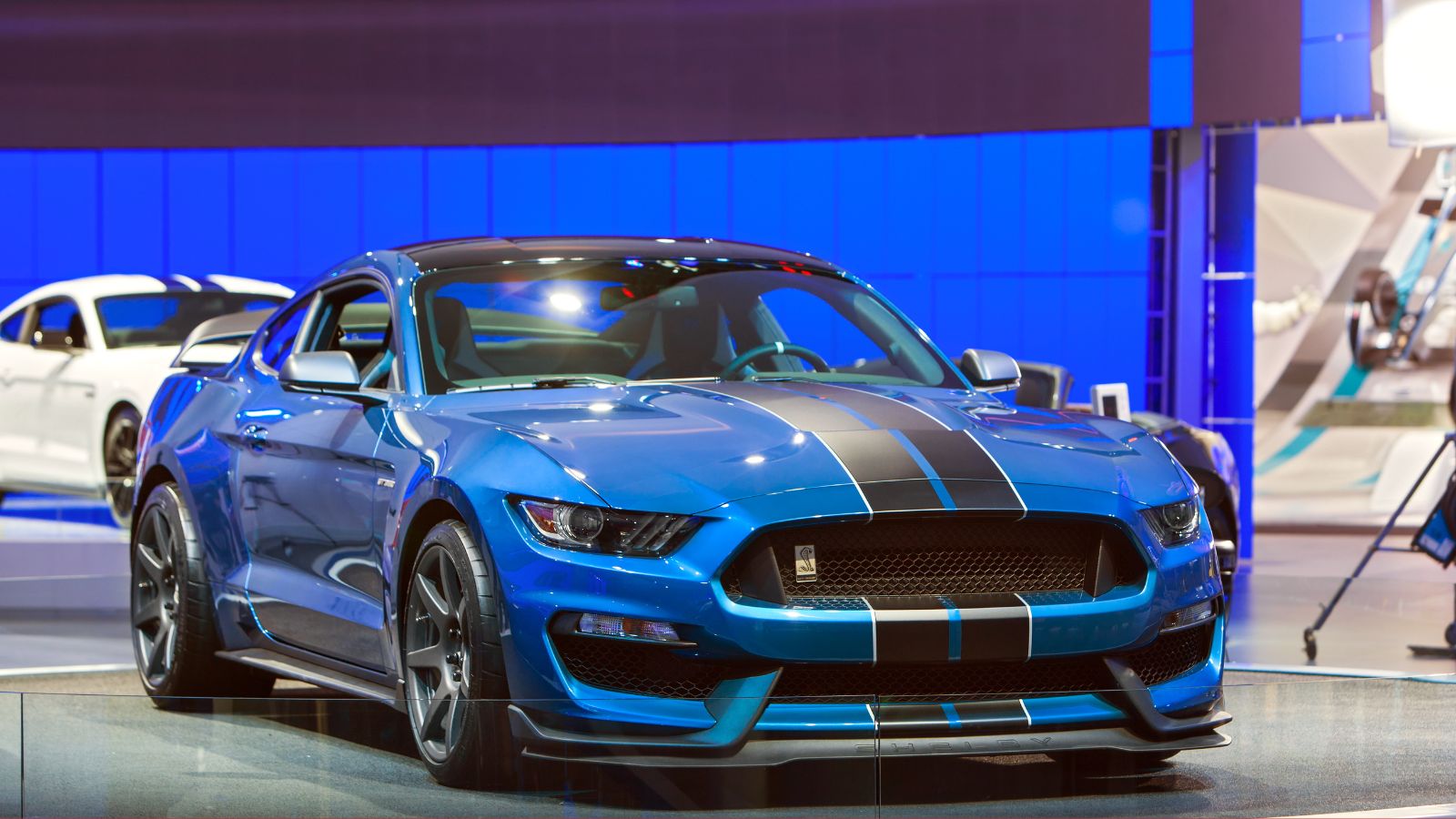
The GT350’s naturally aspirated flat-plane crank V8 is the stuff of legend—and no longer in production. That alone has launched its used values into the stratosphere. Its unique 5.2 L flat-plane “Voodoo” V8, 526 hp, Brembo brakes, and strong Car and Driver accolades make it a future classic. Expect continued price stability—or even modest appreciation—for well-preserved, rare trims (such as Track Pack or R versions), as gas-guzzling performance cars gain nostalgic appeal in Canada. And, with track credibility and a glorious soundtrack, it’s a collector car hiding in plain sight.
Toyota Tacoma TRD Pro (2017–2022)
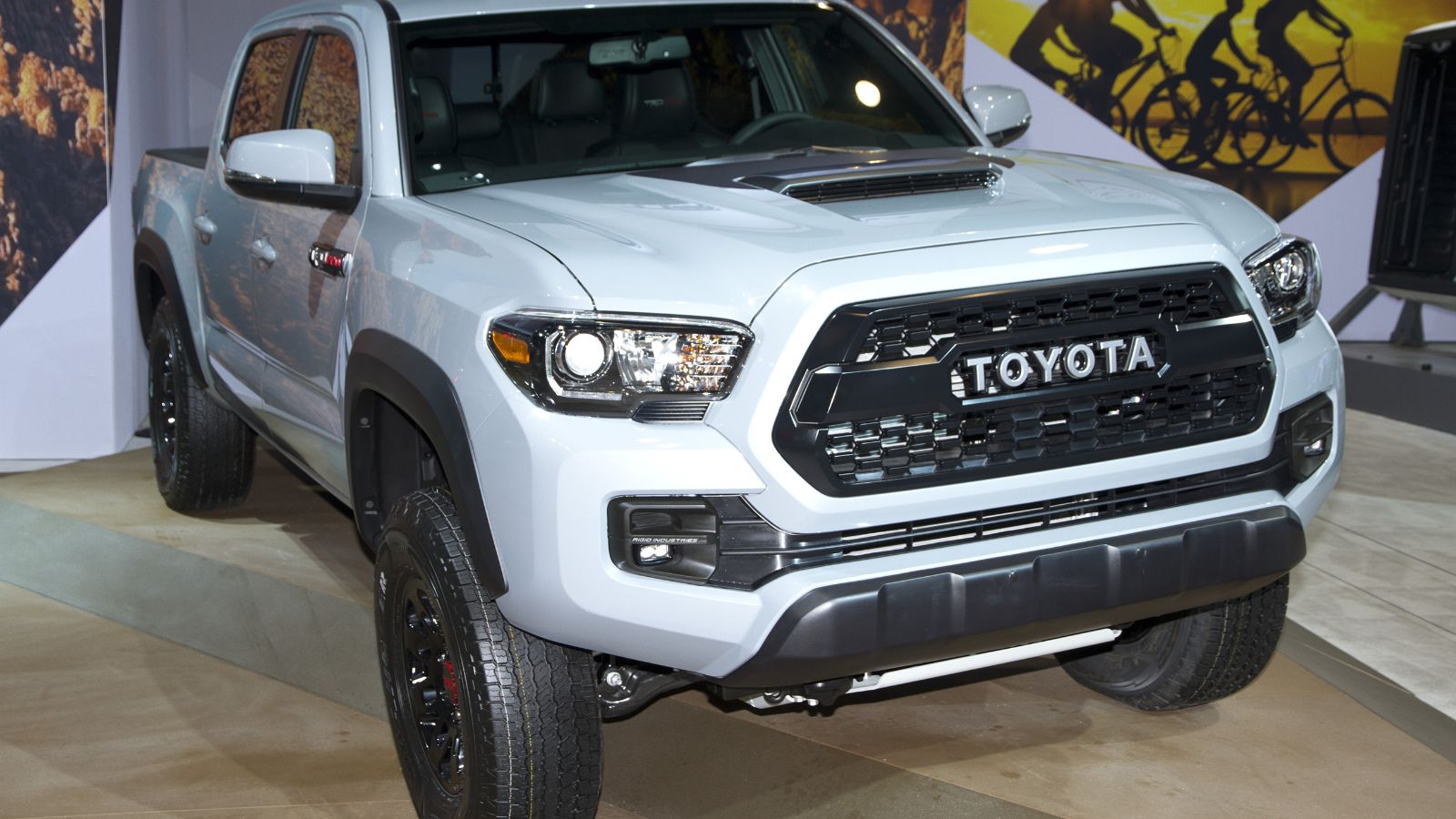
The 2017–2022 Toyota Tacoma TRD Pro has consistently defied typical depreciation patterns in Canada. Introduced in late 2016, the TRD Pro brought rugged off-road enhancements—such as Fox suspension, skid plates, and a premium exhaust—that boosted its desirability. By mid-2025, Canadian used-truck listings indicate that 2022 TRD Pros are holding values of around $55,000 to $60,000, with moderate mileage, a notable premium over other trims. Meanwhile, mainstream 2017 Tacomas in “good” condition range between $19,800 and $29,400, and the 2019 Tacoma averages around $22,300 to $36,400.
Chevrolet Bolt EV (2020–2022)
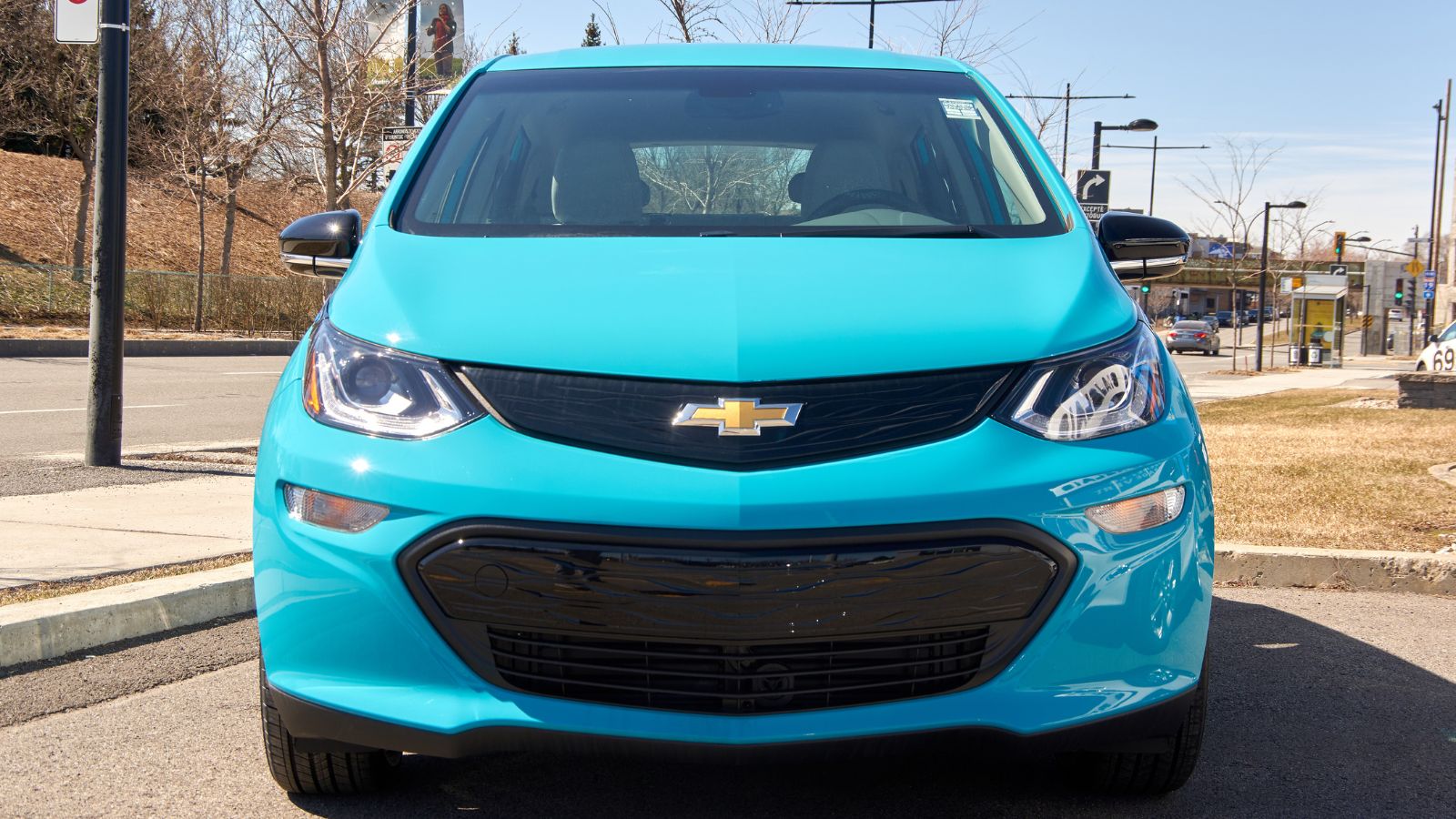
Following GM’s decision to discontinue the Bolt EV (for now), used prices are surging due to the high demand for low-mileage electric vehicles. Post-battery recall models are in exceptionally high demand, offering budget-conscious EV buyers a rare mix of range and value. Additionally, demand remains strong as new EV prices drop, making lightly used Bolts eligible for both federal and provincial rebates, which drives faster turnover and occasional price surges. Further propelling value is the Bolt’s battery recall resolution, restoring consumer confidence. In summary, used-market shortages, stable demand, and rebate eligibility have aligned to make 2020–2022 Bolt EVs prone to sharp resale price increases in Canada.
Porsche 911 (997 Generation)
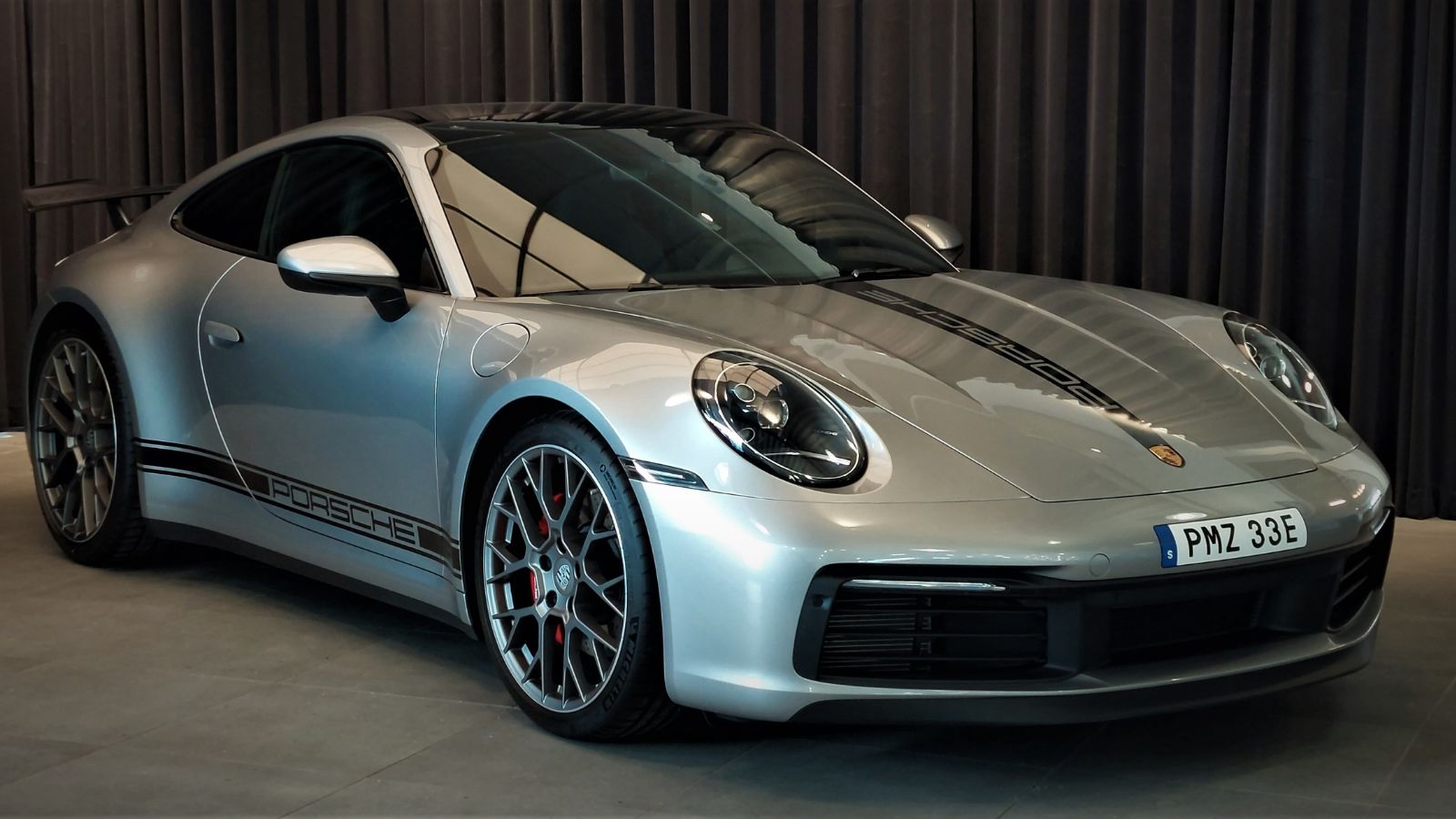
The Porsche 911 (997 Generation), produced from 2005 to 2012, is rapidly becoming a second-hand star in Canada’s enthusiast circles—and it’s no mystery why. As the last of the smaller-bodied 911s before Porsche moved to the larger, more insulated 991 generation, the 997 offers a purist driving experience with analog charm and modern reliability. Canadian collectors and drivers alike are flocking to models like the 997.2 (2009–2012), which introduced the direct-injection flat-six engine and PDK dual-clutch transmission, and, crucially, addressed the dreaded IMS bearing issue that plagued the earlier 997.1.
Toyota Camry V6 (2018–2022)
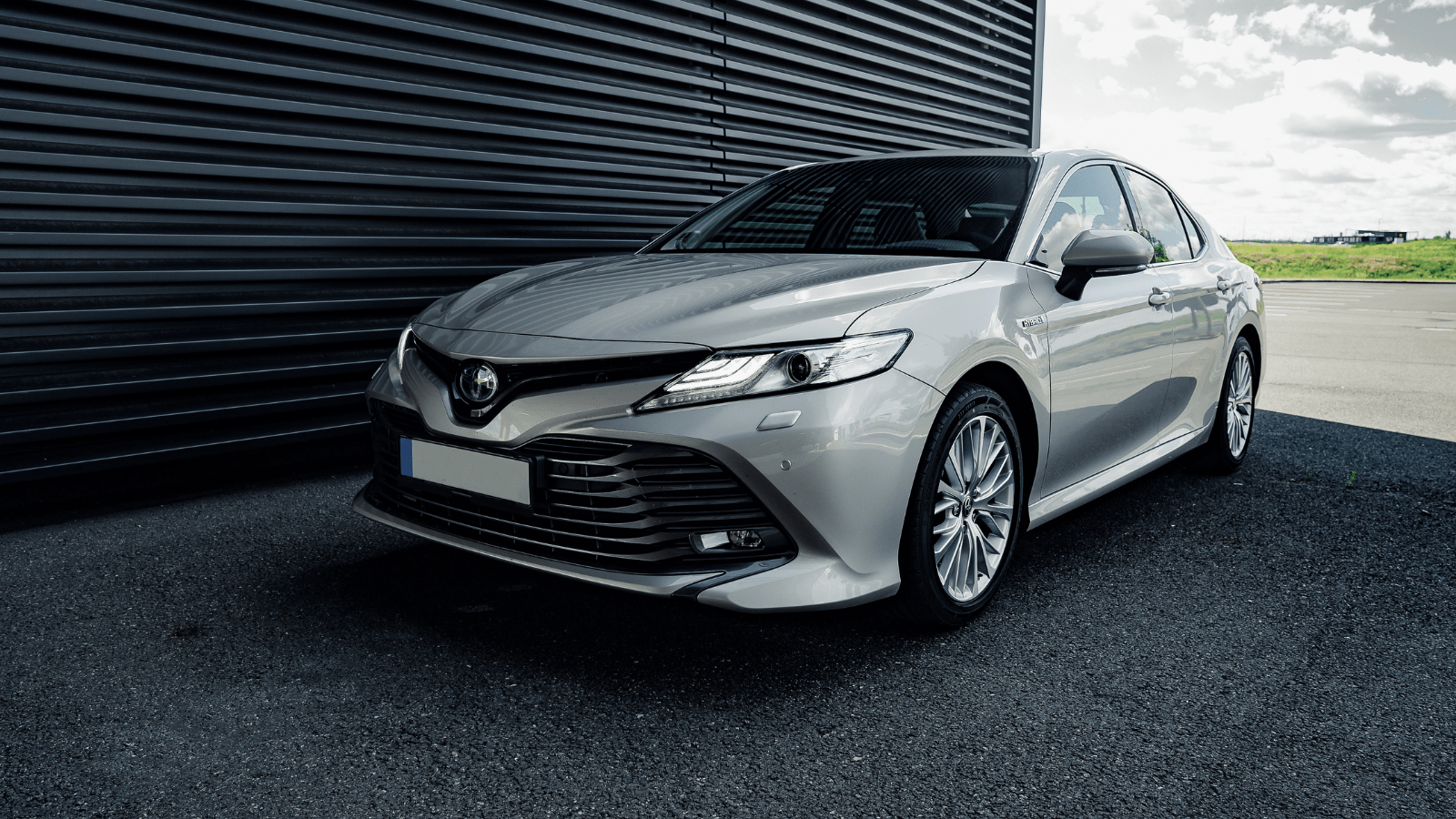
As automakers slash V6 engines in favor of hybrids and turbo-4s, the Camry’s refined, naturally aspirated V6 is disappearing. While the broader Canadian market saw average used-car prices rise to C$33,868 in June 2025—a 6.3% year-over-year increase—Camry resale values remain elevated due to strong demand, limited supply, and the desirability of the V6 option. For instance, Clutch estimates the 2022 Camry’s market value ranges from C$23,200 to C$34,100, with upward pressure recently indicated by a 1.8% increase in just 30 days. Kelley Blue Book data for 2018 Camry models show used “fair purchase” prices ranging from C$14,975 to C$18,191, supporting the model’s substantial residual value.
Ram 2500 Cummins Diesel (2015–2020)
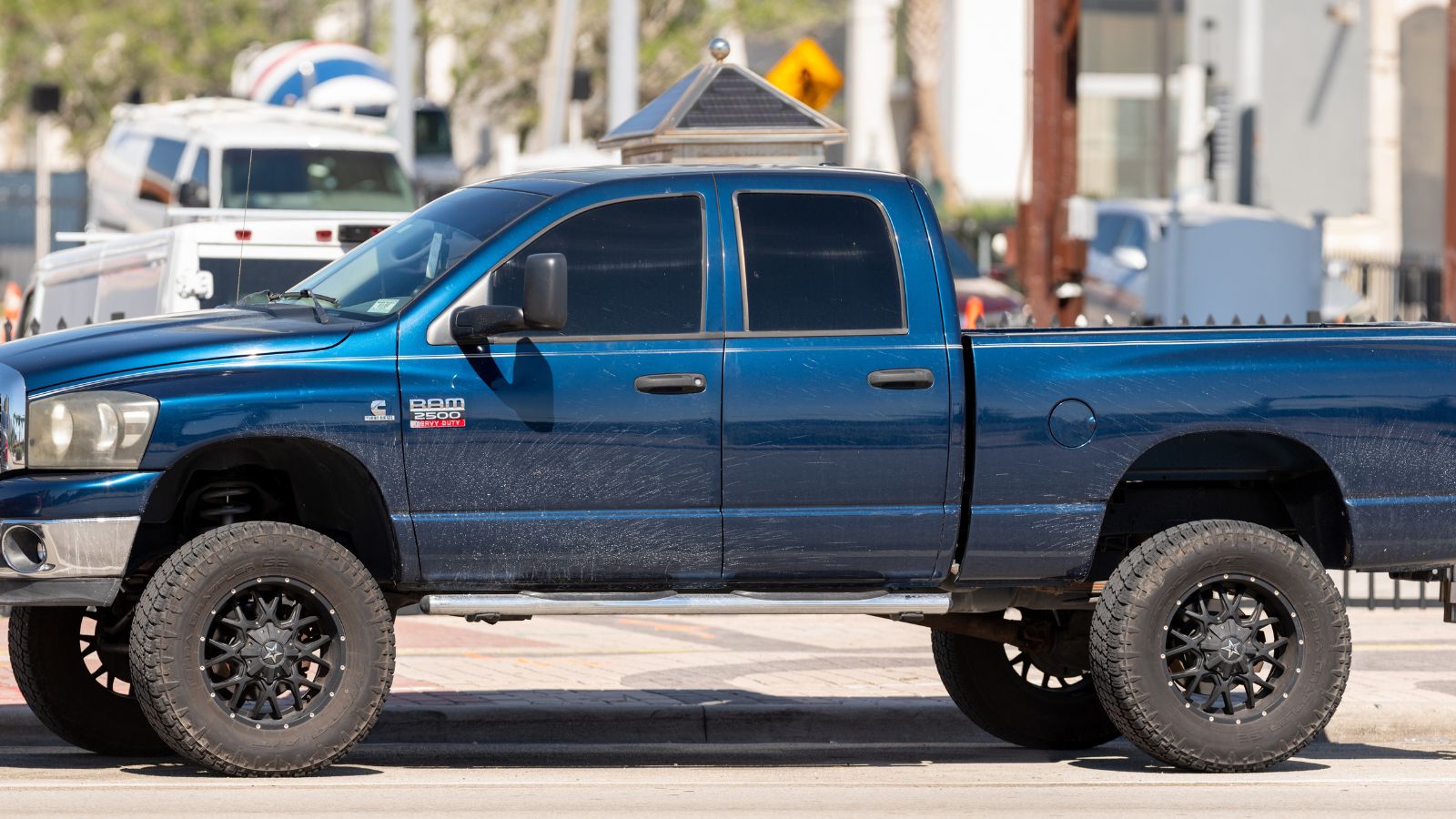
With emissions rules tightening and diesel options vanishing from half-ton trucks, the heavy-duty Ram 2500 with the 6.7L Cummins has gained a loyal following. The 6.7L Cummins is widely praised for its durability, pulling power, and potential to exceed one million kilometers when properly maintained. Fleet buyers and ranchers in provinces like Alberta and Saskatchewan are opting for used models rather than investing in more expensive, post-2021 iterations that rely heavily on electronics and software. According to the Canadian Black Book, diesel trucks have retained over 70% of their value after five years. With new truck MSRPs now sky-high, the demand for reliable, pre-owned models like this Ram is climbing fast.
Honda Fit (2015–2020)
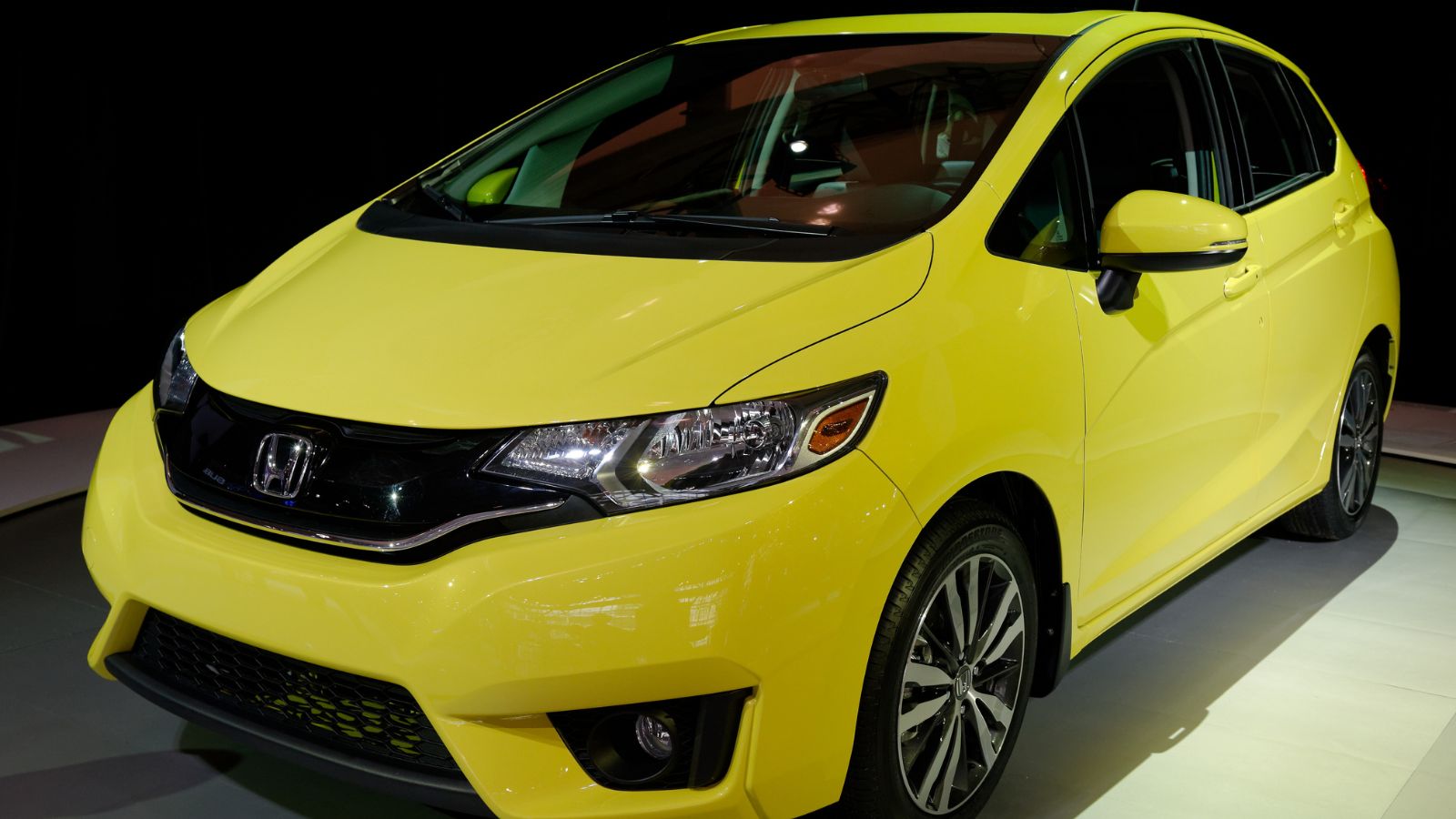
Discontinued and dearly missed, the Honda Fit is the Swiss Army knife of subcompacts. Its “Magic Seats” and unmatched interior space make it beloved by urban dwellers, gig workers, and frugal Canadians alike. The third-generation Honda Fit (model years 2015–2020) has seen second-hand price surges in Canada due to stellar reliability, low operating costs, and rising demand for compact hatchbacks. CarGurus reports that average used Fit prices recently climbed ~0.97% over the prior month, reaching around $14,535. Meanwhile, listings on Honda Canada’s certified-used site show 2015–2020 Fits ranging from $9,000 to $26,000, depending on mileage and trim.
Tesla Model 3 (2018–2021)
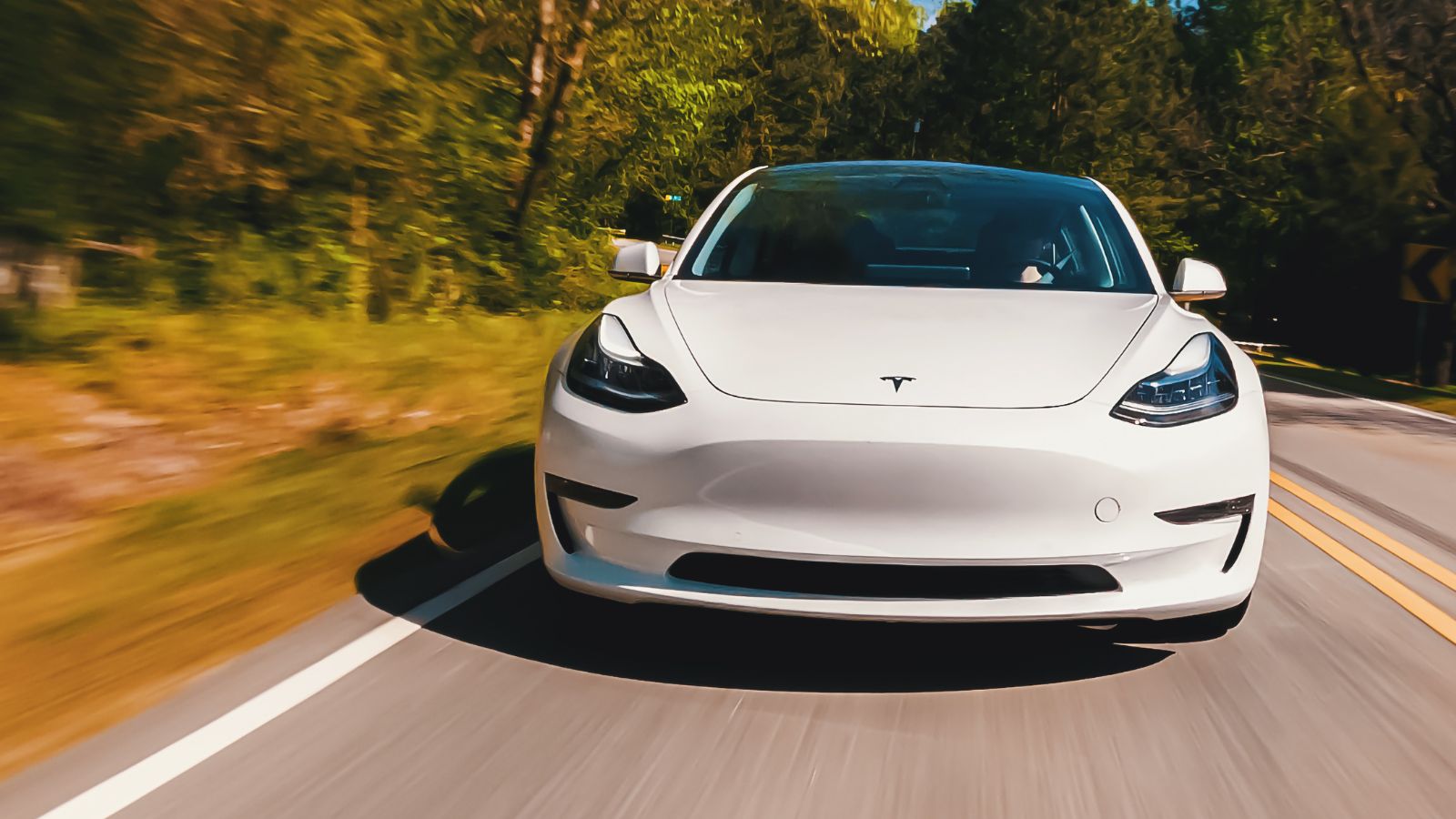
Early Model 3s, especially with Full Self-Driving (FSD) packages, are fetching surprising premiums. Industry observers note that used EV prices, including those of Teslas, are rising by thousands over recent months due to new vehicle shortages and the ongoing chip crisis. CarGurus reports that a typical used Model 3 in Canada averages around $36,115, which is above the average price of a typical used vehicle in the broader market. Plus, with high resale demand and relatively stable battery performance, especially for heat-pump–equipped 2021 models, the Tesla Model 3 stands out as one of the few vehicles likely to maintain a price premium in the Canadian pre-owned EV market.
Jeep Wrangler Rubicon (2015–2020)
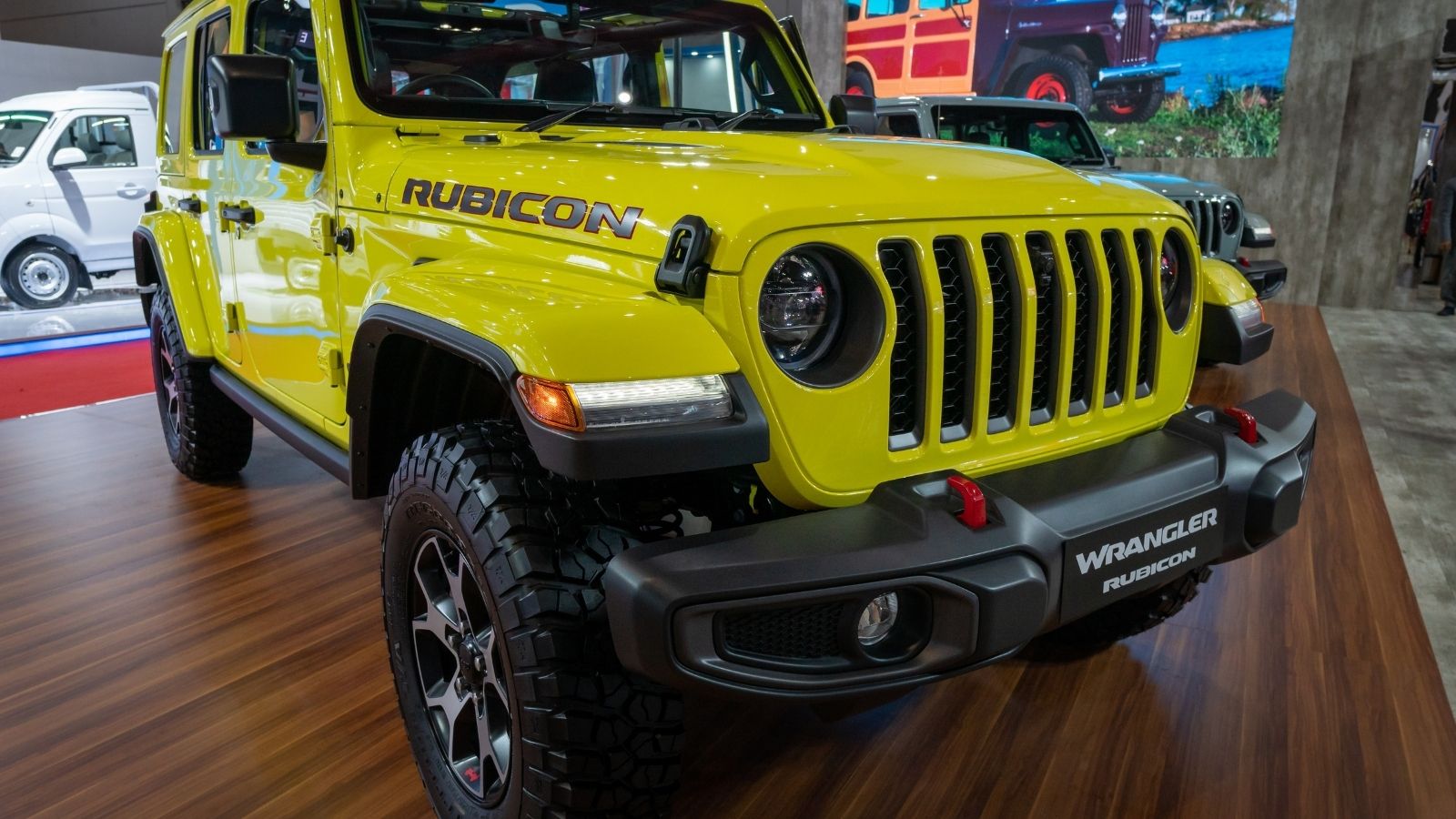
The Rubicon trim, especially in 2-door or manual form, has always been resale royalty. The 2015 model, praised for its reliability and rugged off-road performance, holds its value impressively: Clutch reports that Rubicon-trim examples retain around CAD 10,600, down only ~72% from the original MSRP of CAD 37,000—even after eight years. Broader studies confirm that the Jeep Wrangler depreciates approximately 55% over five years, resulting in a resale value of around $33,800—far exceeding that of many of its rivals.
BMW M2 (2016–2020)
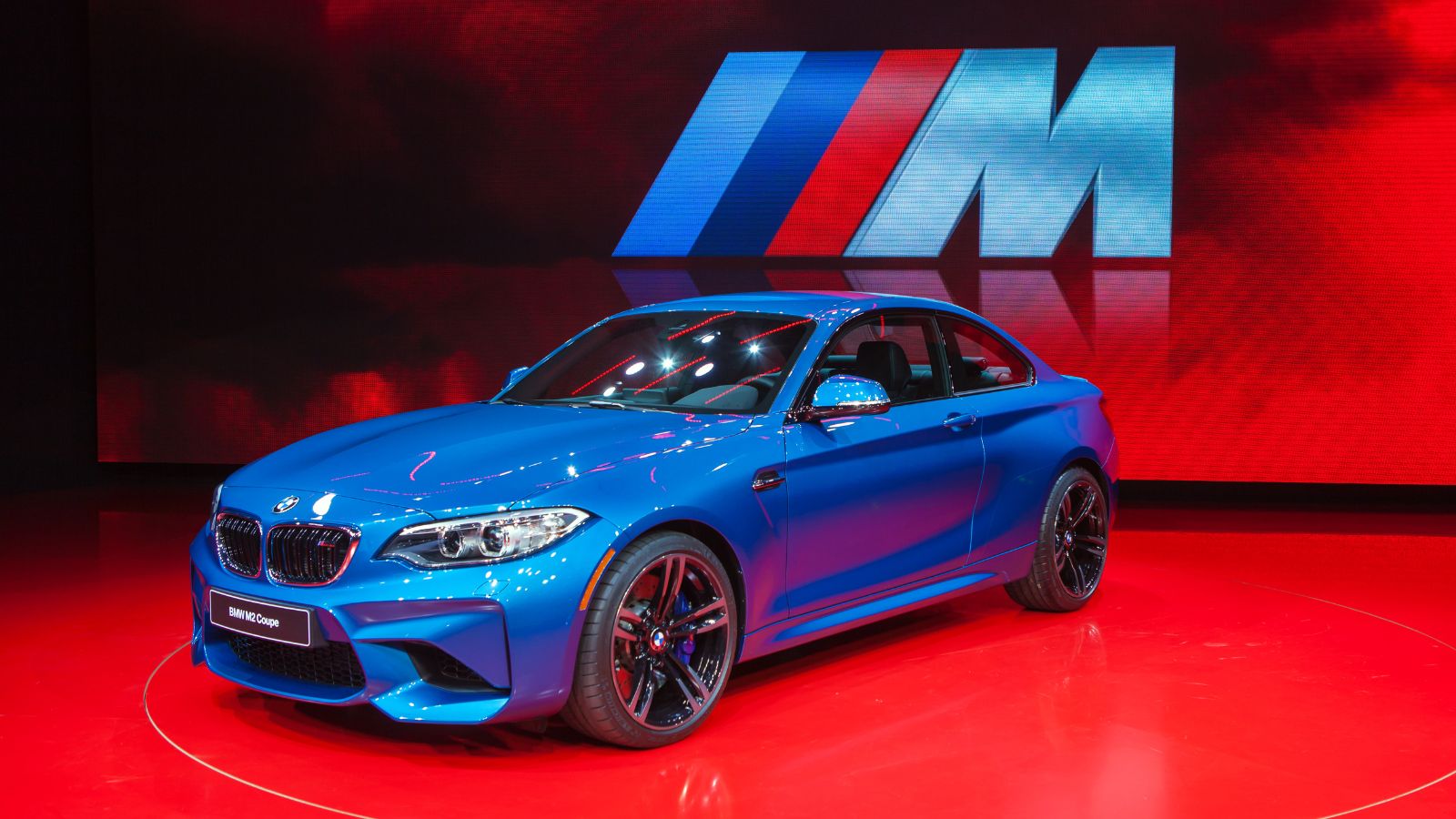
The 2016–2020 BMW M2 (F87) is increasingly recognized in Canada as a future collectible, evidenced by rising used prices and strong demand. Originally sold new for around CAD 53,000 in 2016, depreciation saw fair purchase values fall to the low-to-mid CAD 30,000 range by 2024—Kelley Blue Book lists the average 2016 model at approximately CAD 32,000. However, in the past year alone, Canadian listings show Canadian-market M2s priced at CAD 46,000–47,000, with 2020 Competition variants reaching CAD 45,000 USD (~CAD 60,000) in North America.
Hyundai Ioniq (2017–2022)
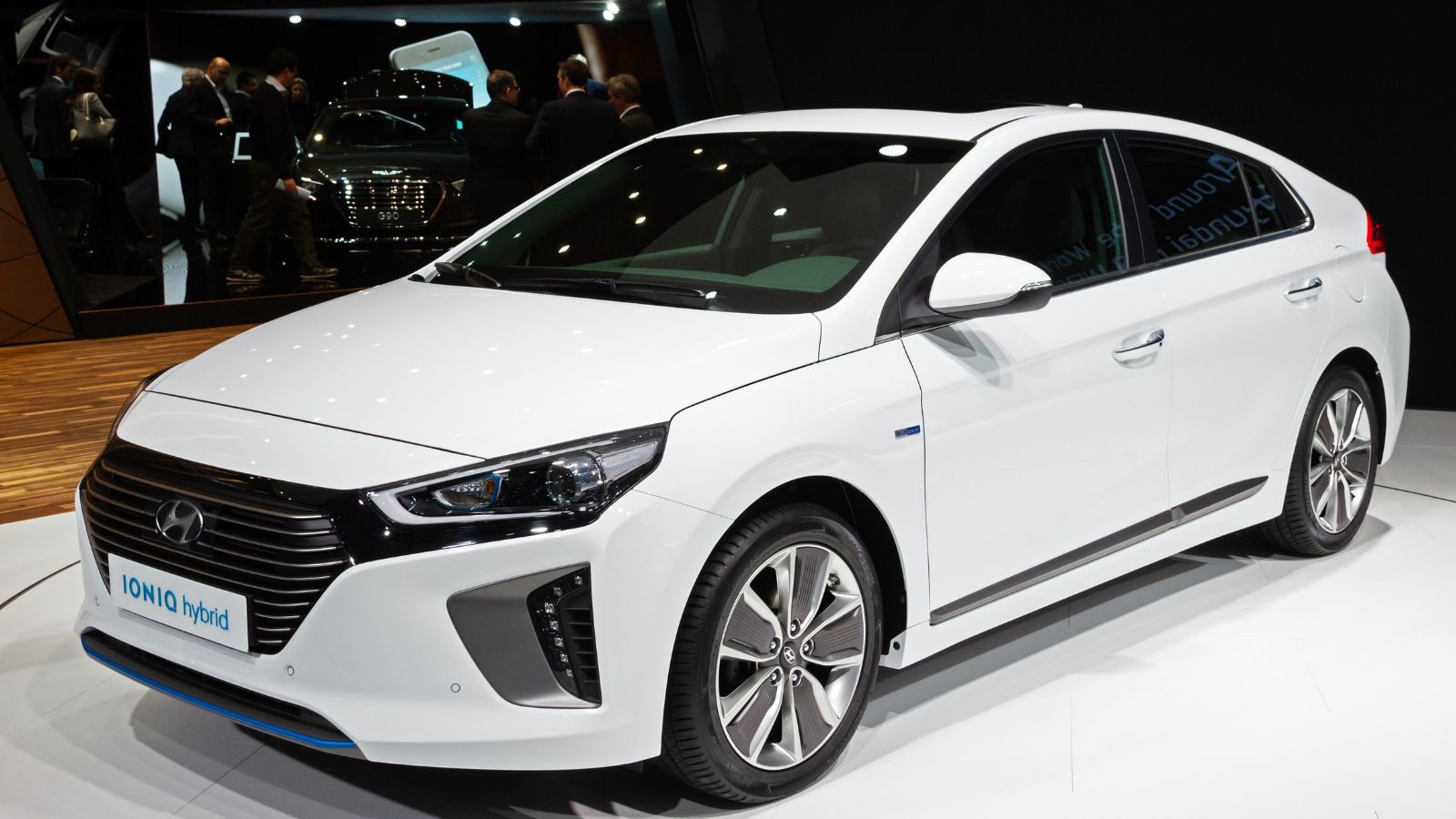
Discontinued in favor of the Ioniq 5/6 line, the original Hyundai Ioniq hybrid and EV models are seeing renewed interest. They’re among the most efficient vehicles ever sold in Canada, and with fuel prices volatile, that’s a big selling point. That combination—historical deep depreciation followed by tightening supply—suggests owners who held onto 2017‑2022 Ioniqs in 2024–25 may now be seeing significant gains in market price. And, given the rising demand for EV resales in Canada, the Ioniq is shaping up to be one of the most likely mass-market hybrids/electric vehicles to outpace its peers in second-hand appreciation.
Mazda Miata (NC Generation)
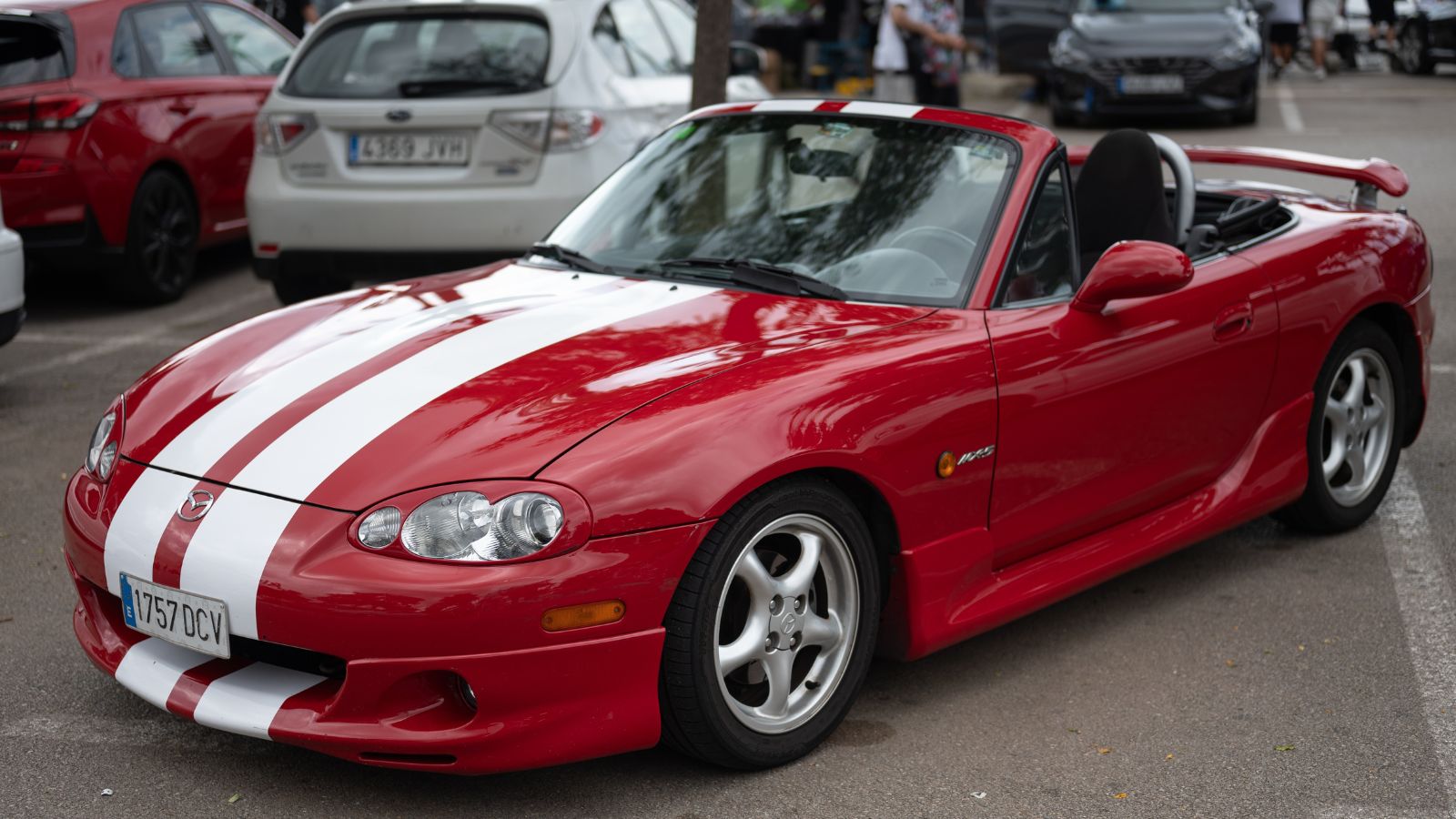
While the NA and NB Miatas are already classics, the NC generation is quietly climbing in value. More comfortable and powerful than earlier models, it remains lightweight and offers rear-wheel-drive fun. Enthusiast forums echo the sentiment, noting dealer prices between USD 11,000 and USD 14,000, which suggests that Canadian counterparts are similarly strong. A Facebook group even flagged “thrashed” NCs rising from USD 3–3.5 K to USD 4–6 K. These patterns demonstrate how scarcity, reliability, and growing collector interest have combined to elevate NC‑Miata values nationally.
Acura TL Type-S (2007–2008)
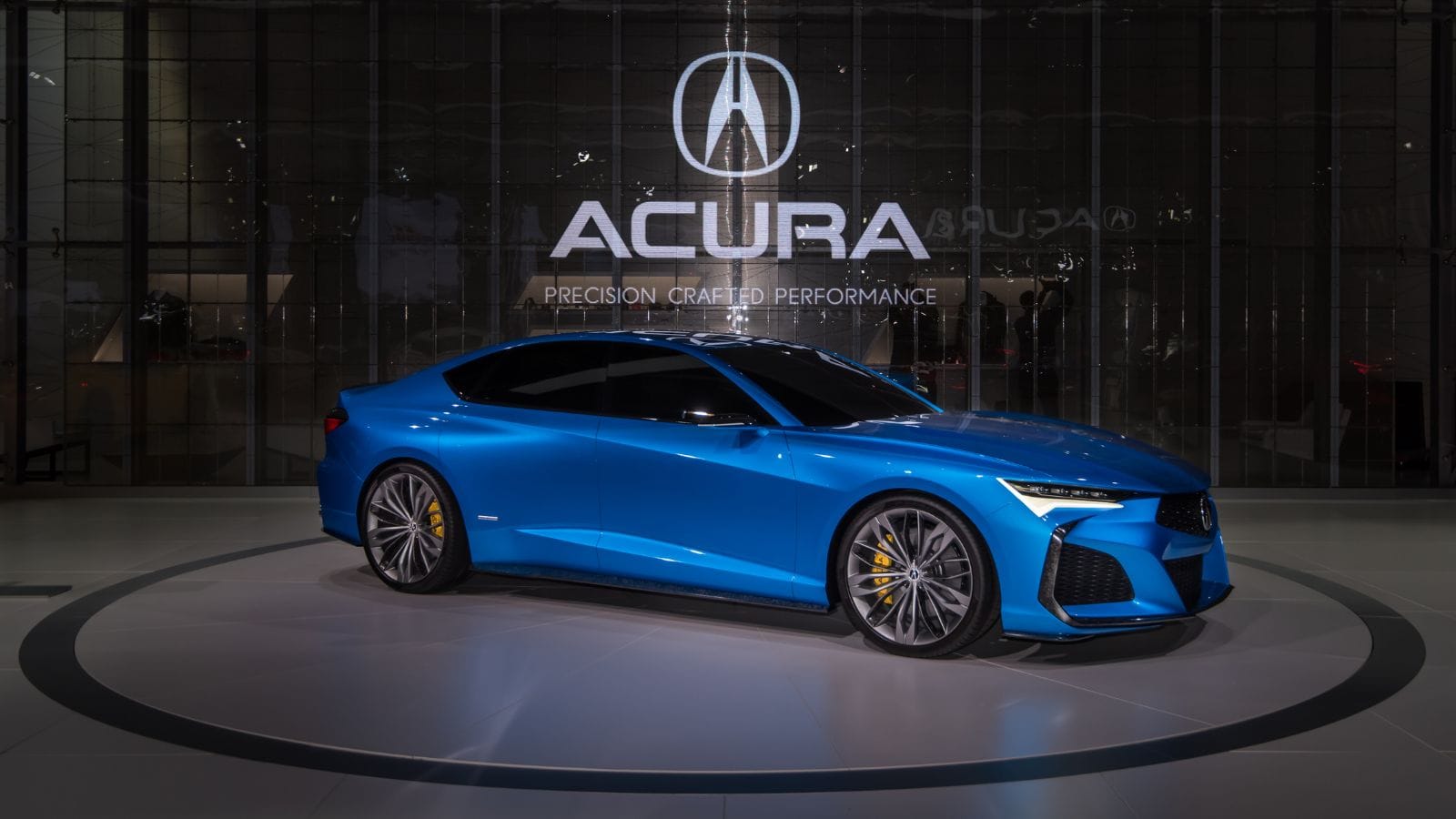
The 2007–2008 Acura TL Type-S is increasingly regarded in Canada as a future collectible and a value preserver. Still scarce—especially the 6-speed manual—it combines performance upgrades (286 hp 3.5 L V6, Brembo brakes, limited-slip diff, sport suspension) with luxury features that appeal to enthusiasts. VMR Canada data show the clean 3.5 L Type‑S commanding roughly $5,950–9,375, far above the base 3.2 L’s $5,275–8,375 range. Meanwhile, KBB rates fair-used Type-S units at $6,000–$6,300, reflecting national averages.
Ford F-150 Raptor (Gen 1: 2010–2014)
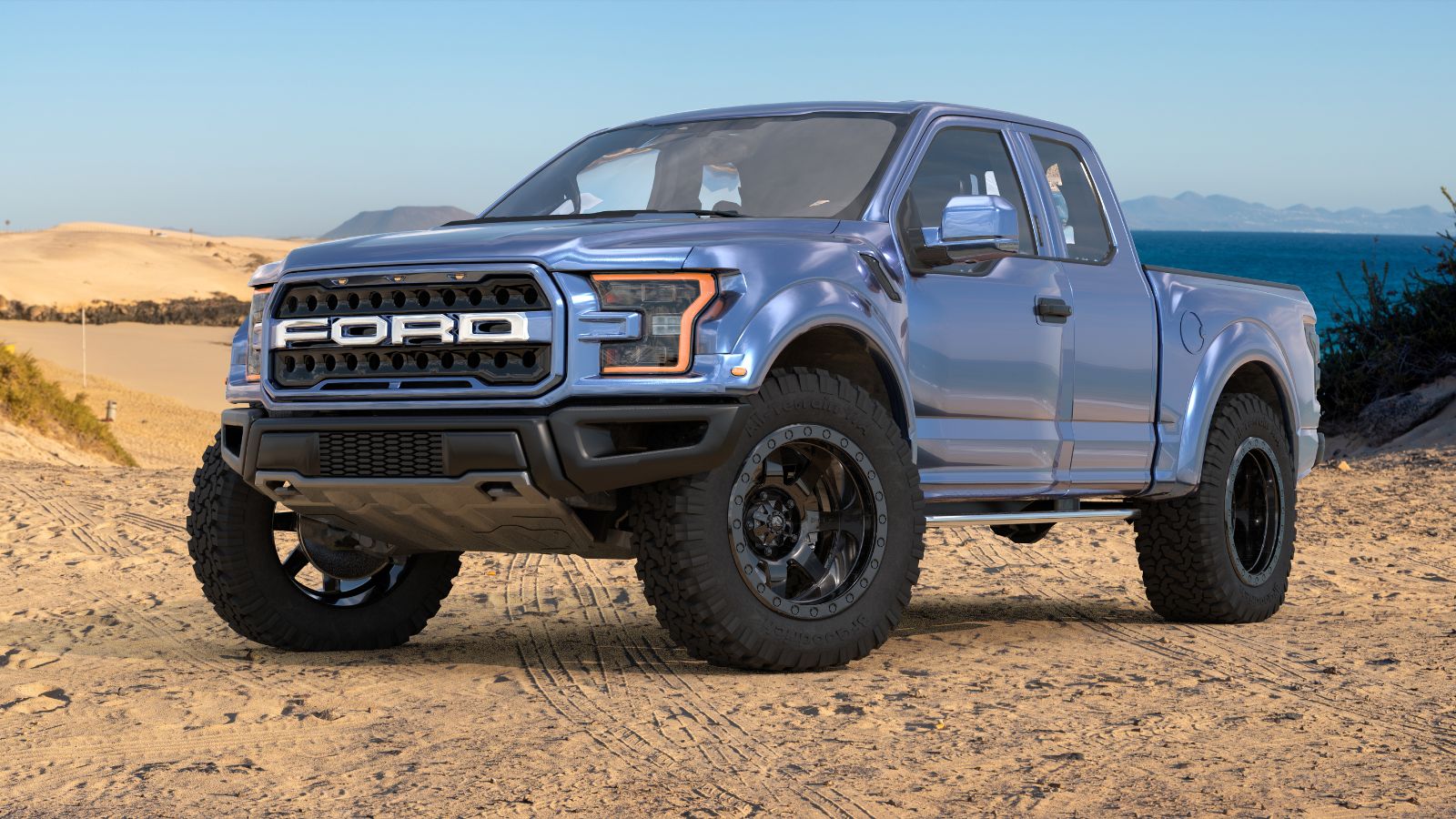
The first-gen Raptor started the factory desert-runner trend, and its aggressive design, wide track, and 6.2L V8 make it a used market heavyweight. According to AutoTrader.ca, listings for clean, low-km Raptors are already climbing past $50,000—eclipsing their original MSRPs. Limited production, a cult-like following, and rising off-road mod culture only add fuel to the fire. Additionally, in a tariff-sensitive market where newer imports are becoming more expensive, Canadian buyers are increasingly eyeing domestic icons with proven resale value.
Chevrolet SS (2014–2017)
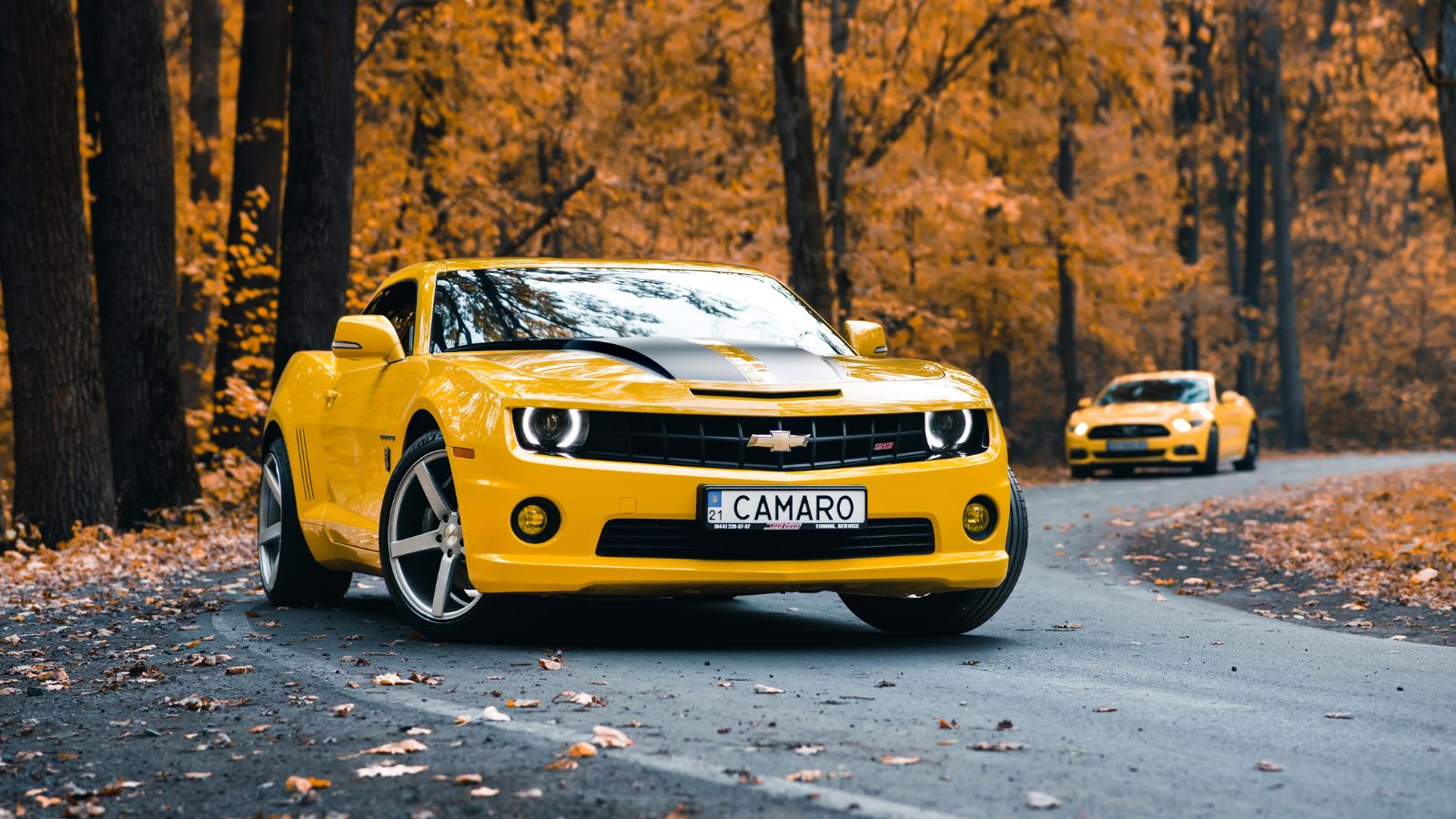
A rear-wheel-drive V8 sedan with a manual transmission—sold quietly in Chevy showrooms? That’s the SS, and enthusiasts are waking up. In the U.S., a pristine 2017 SS is valued at up to US$55,400 in Hagerty’s value guide, with manual examples reaching approximately US$63,700. Kelley Blue Book notes the 2017 retains 83% of its value 3 years in, depreciating just ~17% to around U.S. $30,375, while Edmunds reports clean trade‑in values between U.S. $26,600–33,800. Even auction data shows a top sale of a 2014 SS at US$53,550.
VW Golf R (Mk7: 2015–2019)
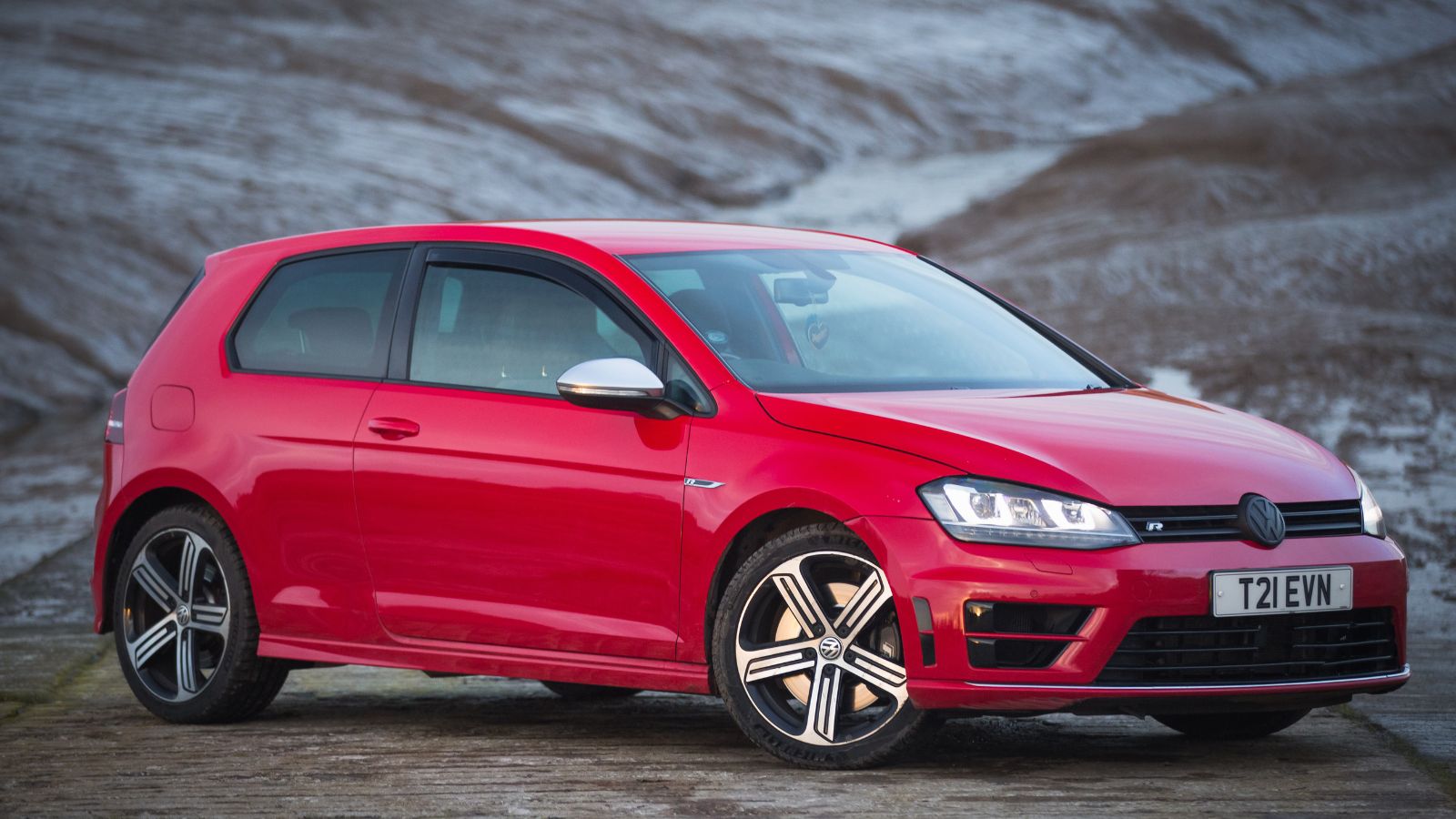
All-wheel drive, turbocharged performance, and five-door practicality made the Mk7 Golf R a cult hit. With a 2.0L turbocharged engine producing 292 horsepower and standard 4MOTION all-wheel drive, the Mk7 R is a performance sleeper that seamlessly blends everyday practicality with the thrills of a hot hatch. Prices are climbing, driven by dwindling supply, growing appreciation for analog-feeling performance, and the fact that newer Mk8 models are more expensive and tech-heavy, sometimes to their detriment. Canadian enthusiasts, in particular, prize the Mk7 for its solid manual transmission option, understated styling, and winter-ready drivetrain.
Nissan Xterra Pro-4X (2012–2015)
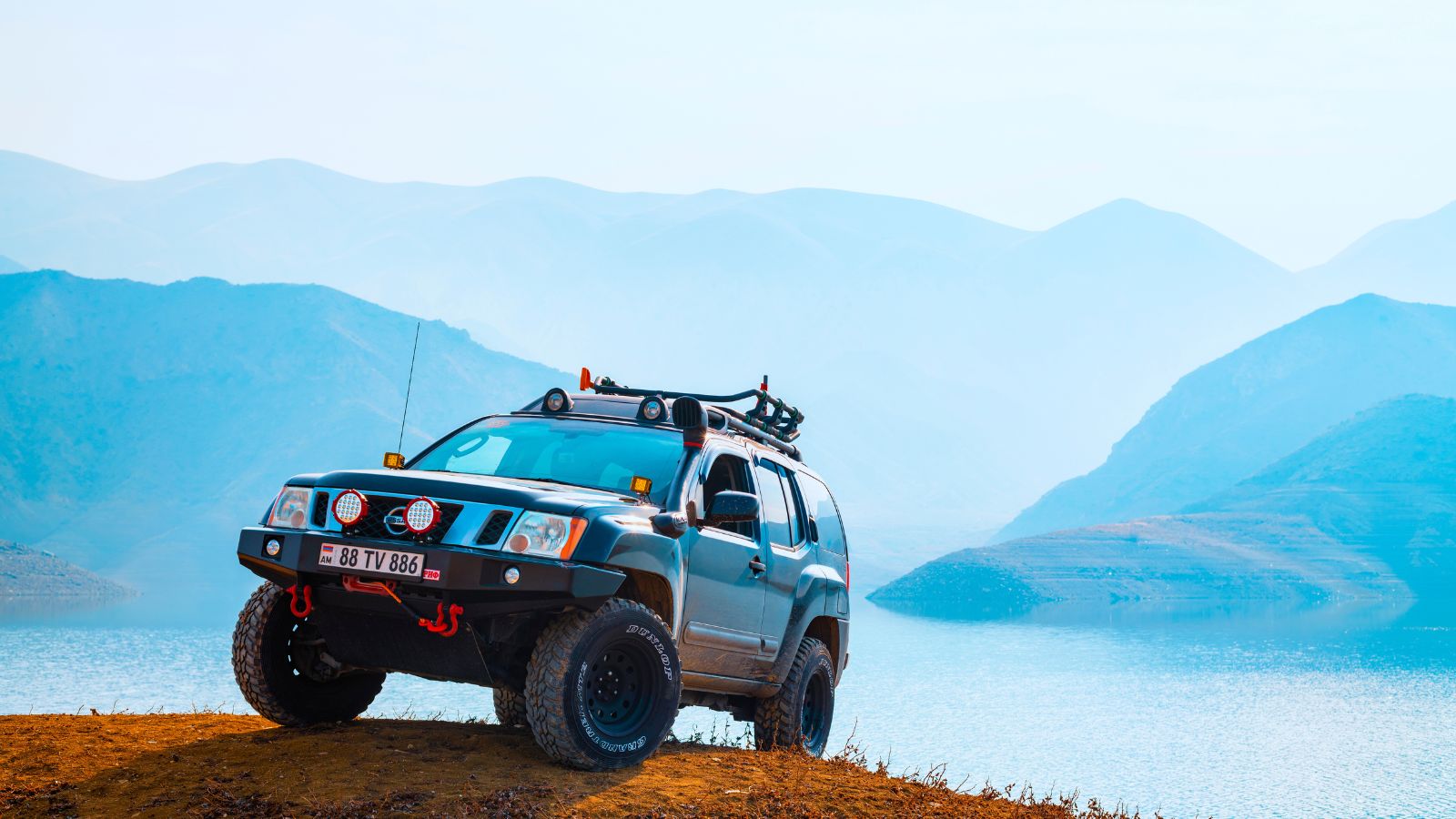
The Xterra may be gone, but it’s certainly not forgotten—especially in its Pro-4X trim. Known for its durable body-on-frame build and rugged off-road capabilities—including skid plates, roof‑rack basket, and powerful roof-mounted lights—the Pro‑4X remains highly sought by adventure buyers. Even with over 200,000 km, recent listings in provinces like BC and Ontario fetch between $15,000 and $21,000 for 2015 models—often higher than comparable S or X trims. Additionally, Canadian valuation guides consistently peg the Pro‑4X trim CAD $ 800–2,000 above lower trims. Retail values for the 2012 Pro‑4X range from $6,625 (wholesale) to $9,375 (retail), compared to $5,800–$ 8,500 for base X models.
25 Facts About Car Loans That Most Drivers Don’t Realize

Car loans are one of the most common ways people fund car purchases. Like any other kind of loan, car loans can have certain features that can be regarded as an advantage or a disadvantage to the borrower. Understanding all essential facts about car loans and how they work to ensure that you get the best deal for your financial situation is essential. Here are 25 shocking facts about car loans that most drivers don’t realize:
25 Facts About Car Loans That Most Drivers Don’t Realize
